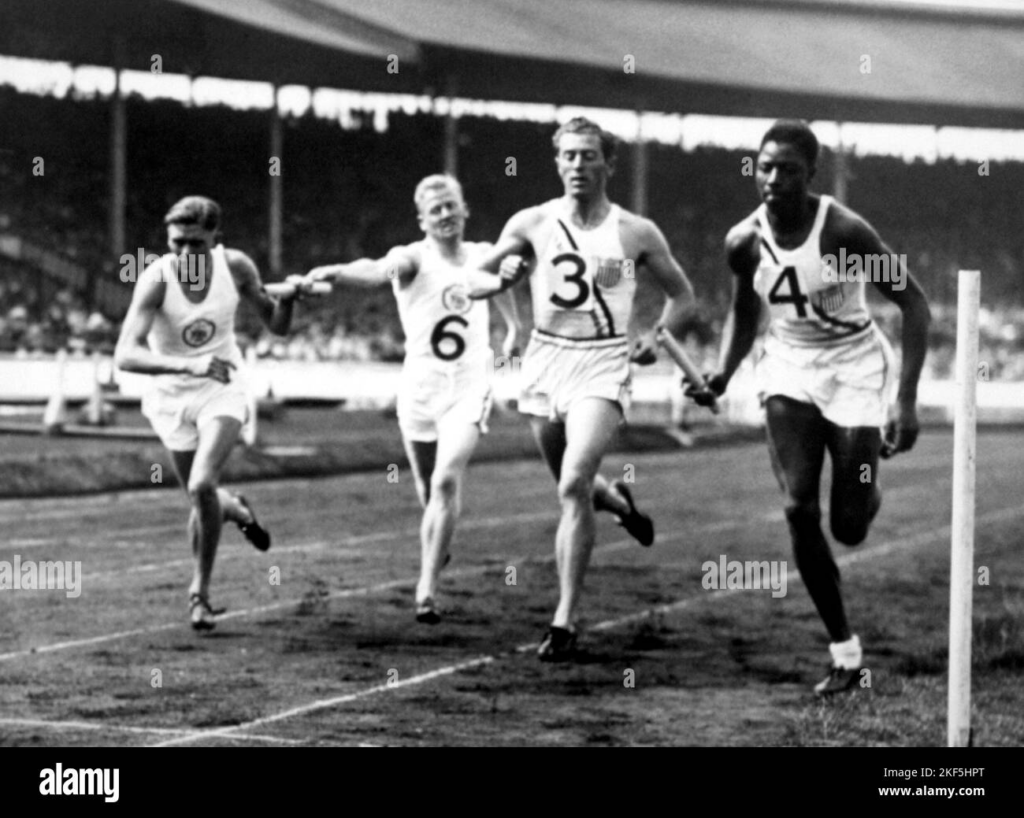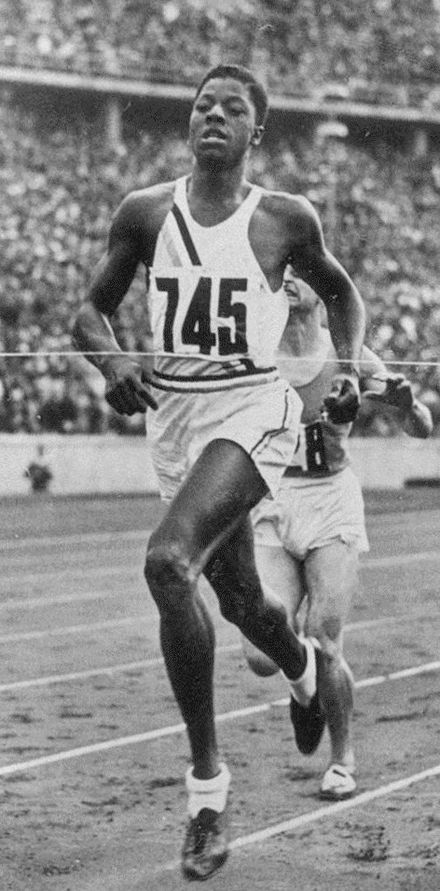|
Getting your Trinity Audio player ready...
|
As a native of Columbus, Ohio, I grew up immersed in the legacy of Jesse Owens, the iconic track and field athlete who claimed four gold medals at the 1936 Berlin Olympics. I even had the honor of meeting him personally. However, it was only recently that I discovered the equally remarkable story of John Woodruff, another Black athlete who made history at those same Games. Born on July 5, 1915, in Connellsville, Pennsylvania, Woodruff’s journey to Olympic glory parallels Owens’ in many ways13.
At just 21 years old, Woodruff won gold in the 800-meter race, employing a daring strategy that saw him come to a complete stop mid-race before using his impressive 10-foot stride to surge past his competitors12. His victory, along with those of other Black athletes like Owens, powerfully challenged Hitler’s notions of Aryan superiority on the world stage1. Woodruff’s story, while less widely known, is equally deserving of recognition, embodying the same spirit of perseverance, skill, and courage in the face of adversity that characterized the achievements of Black athletes at the 1936 Olympics.
The Rise of a Track Star: John Woodruff
Woodruff’s athletic prowess became evident during his high school years, where he set new records in the 880-yard and mile runs1. Despite facing racial discrimination, his talent earned him a full athletic scholarship to the University of Pittsburgh, setting the stage for his historic Olympic performance.
Olympic Triumph in Nazi Germany
The 1936 Berlin Olympics, often referred to as the “Nazi Olympics,” became the stage for Woodruff’s most iconic moment. As a 21-year-old college freshman, he competed in the 800-meter race, showcasing not only his physical abilities but also his quick thinking and strategic mind1.

In what is considered one of the most dramatic races in Olympic history, Woodruff found himself boxed in by other runners. In a daring move, he came to a complete stop, allowing the pack to pass him. Then, using his impressive 10-foot stride, he sprinted to the outside, regained the lead, and clinched the gold medal with a time of 1:52.9. (12).
Breaking Barriers and Making History
Woodruff’s victory was more than just a personal triumph; it was a powerful statement against racial discrimination:
- He was one of 18 African Americans on the U.S. Olympic team competing in Berlin3.
- His gold medal performance, along with those of other Black athletes like Jesse Owens, directly challenged Hitler’s notions of Aryan superiority13.
- Woodruff became the first Pitt athlete to earn Olympic gold2.
Legacy and Later Life
After his Olympic success, Woodruff’s athletic career continued to flourish. From July 1936 to his retirement in 1940, he never lost another 800m/880y race2. Beyond athletics, Woodruff served his country during World War II, enlisting in the New York National Guard and joining the all-black 369th Coast Artillery regiment2.
Remembering a Champion
John Woodruff passed away in 2007 at the age of 92, but his legacy endures1. His story is not just about athletic achievement; it’s a powerful narrative of breaking barriers, challenging prejudice, and inspiring future generations.
As someone who has long admired Jesse Owens, learning about John Woodruff has been eye-opening. It’s a reminder that there are often unsung heroes whose stories deserve to be told alongside those we know well. Woodruff’s Olympic oak tree, planted in Connellsville, stands tall as a living monument to a true American hero1.
Today, as we continue to grapple with issues of racial equality, John Woodruff’s story serves as an inspiration and a call to recognize and celebrate the achievements of all athletes who have broken barriers and paved the way for future generations.


